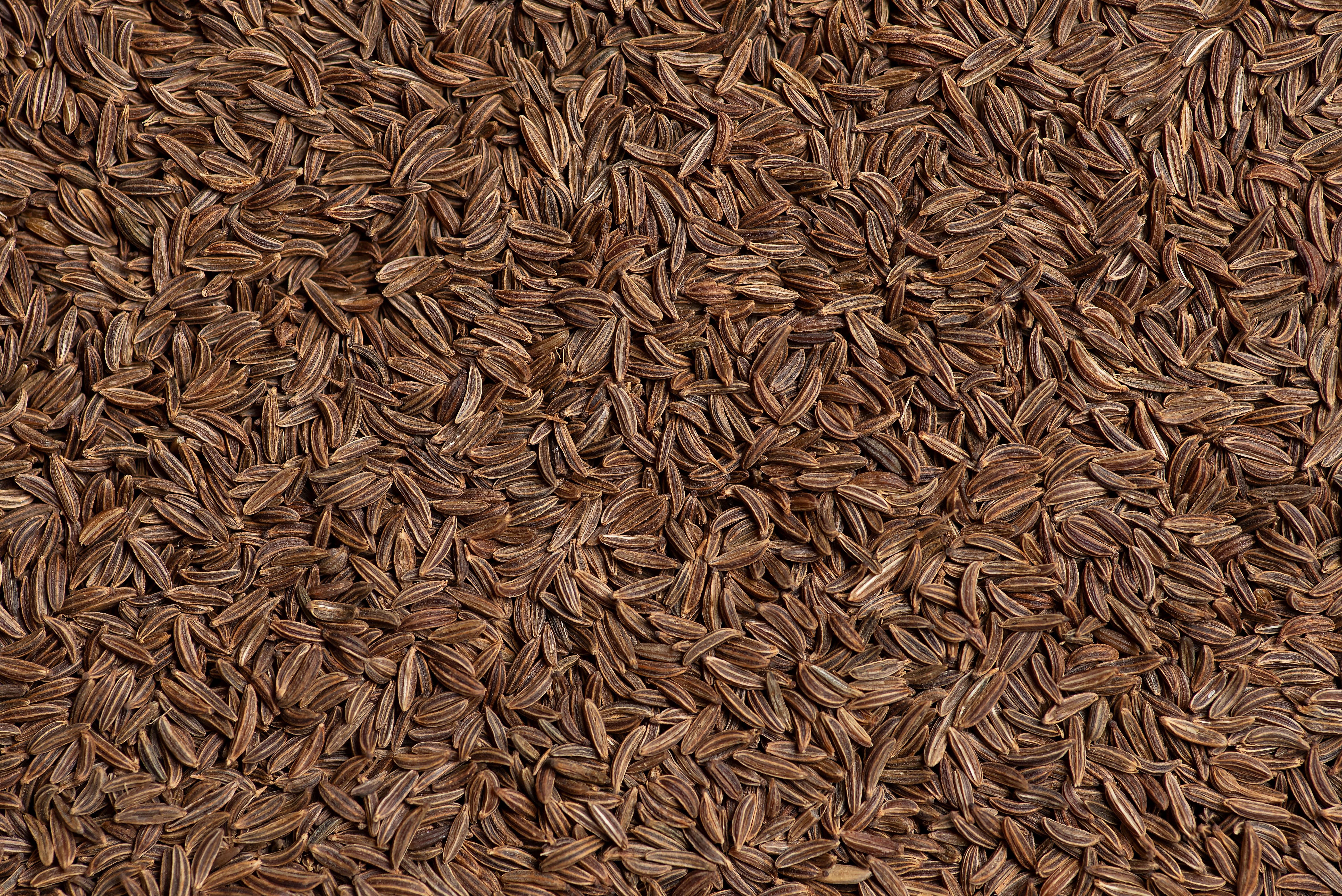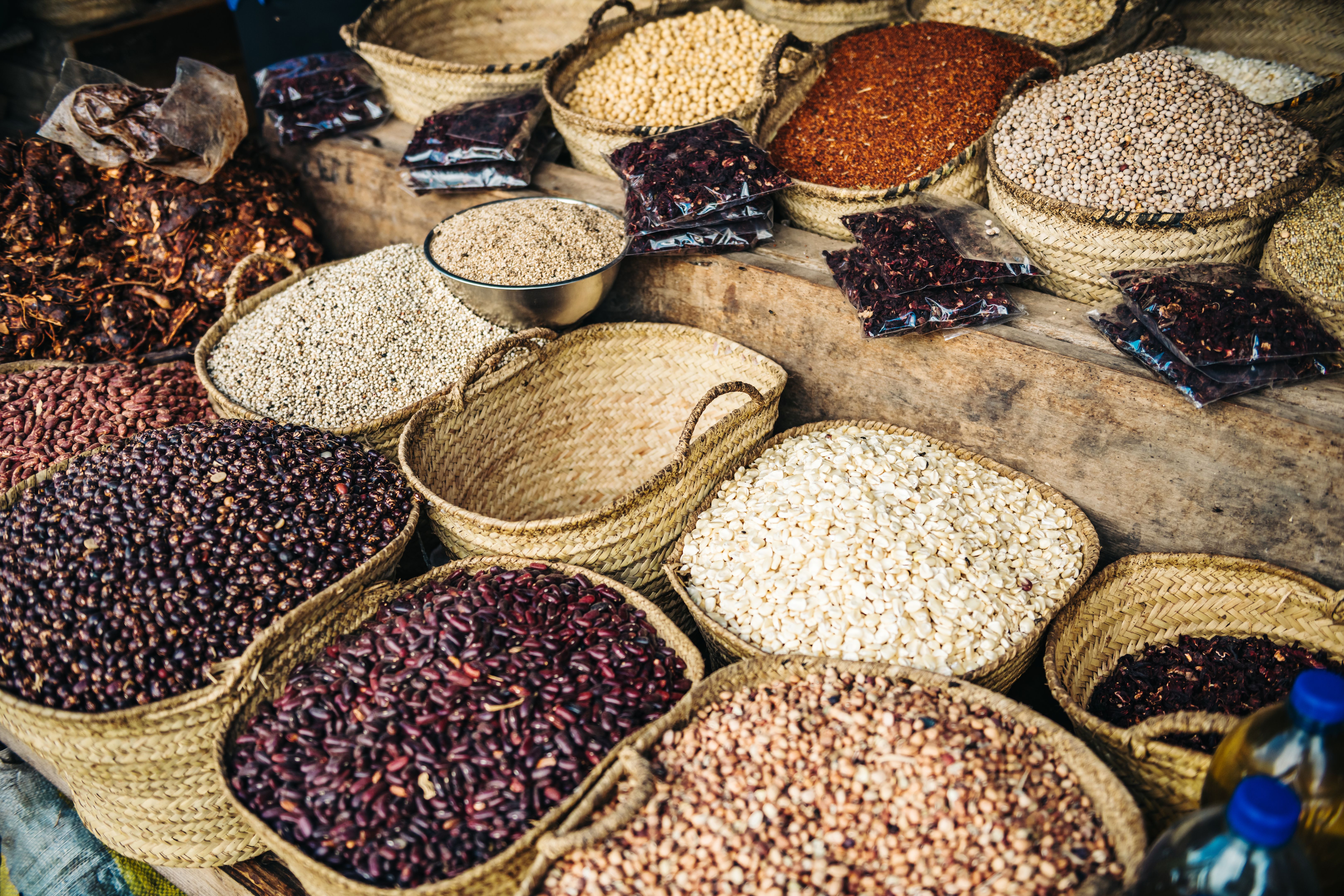Exploring Global Flavors: Essential Spices for International Cuisine
The World on Your Plate
Embarking on a culinary journey across the globe is an exhilarating experience, and spices play a pivotal role in this adventure. They are the heart of international cuisine, transforming simple ingredients into extraordinary dishes. Whether you're a home cook or an adventurous foodie, understanding essential spices can elevate your cooking and bring global flavors right to your kitchen.

India: The Land of Spices
India is often referred to as the "Land of Spices," and for a good reason. The vibrant, aromatic spices used in Indian cuisine are integral to creating its rich, complex flavors. Key spices include turmeric, known for its earthy taste and golden color; cumin, which adds a warm, nutty flavor; and coriander, offering a subtle citrus note. These spices are often combined to create flavorful blends like garam masala.
Middle Eastern Aromas
The Middle East boasts a tapestry of flavors, where spices are used liberally to create depth and warmth in dishes. Cinnamon, cardamom, and saffron are staples, often used in both sweet and savory recipes. Za'atar, a blend of thyme, sesame seeds, and sumac, is another essential that brings a tangy, herbal flavor to roasted meats and flatbreads.

Southeast Asian Spice Palette
Southeast Asian cuisines are renowned for their bold flavors, often achieved through a balance of sweet, sour, salty, and spicy elements. Lemongrass, galangal, and kaffir lime leaves are commonly used to impart a fresh, citrusy aroma. Meanwhile, chili peppers provide the heat that is characteristic of many dishes from this region.
In Thailand, for example, curry pastes such as red, green, and yellow incorporate these spices along with shrimp paste and garlic to create the base for many traditional dishes.
African Spice Varieties
African cuisine showcases a diverse range of spices that reflect the continent's geographical and cultural richness. In North Africa, harissa, a fiery chili paste, is a key ingredient in many dishes. Meanwhile, in West Africa, spices like grains of paradise, which offer a peppery flavor with hints of citrus and cardamom, are widely used.

European Herb Influence
While Europe may not be as spice-forward as other regions, herbs play a significant role in its culinary traditions. Basil, rosemary, and thyme are foundational to many European cuisines, particularly in Mediterranean countries like Italy and Greece. These herbs are often used fresh to enhance the natural flavors of vegetables, meats, and pasta dishes.
The Art of Blending
The magic of international cuisine often lies in the art of blending spices. Creating your own spice mixes allows you to tailor flavors to your personal taste while experimenting with new combinations. Popular blends include Chinese five-spice powder, Ethiopian berbere, and French herbes de Provence.
- Step 1: Start with a base spice.
- Step 2: Add complementary flavors.
- Step 3: Adjust for heat and sweetness.
- Step 4: Taste and refine your blend.
A Journey Worth Taking
Exploring global flavors through essential spices is not just about cooking; it's about experiencing cultures and traditions from around the world. Each spice tells a story of its origins and brings a piece of that story to your table. So why not embark on this flavorful journey today? Your taste buds will thank you.
